When it comes to building muscle, most people focus on popular exercises that target larger muscle groups—chest presses, squats, deadlifts, and so on. But what about the often-overlooked forearms? While many people ignore them, a strong grip and muscular forearms are crucial for nearly every physical activity. From lifting weights to everyday tasks, forearm strength can make a big difference.
Enter the grip strengthener: a simple device that promises to boost grip strength and potentially help in building those much-needed forearm muscles. But does it really work? Do grip strengtheners build forearms as effectively as other training methods? Let's dive in!
Anatomy of the Forearms
Before we get into the details of grip strengtheners, let's take a closer look at the forearm muscles. Your forearm muscles can be divided into two main groups:
- Flexor Muscles: These muscles are responsible for the bending of your wrist and fingers. The primary muscle group here is the flexor digitorum, which helps you make a fist and grip objects.
- Extensor Muscles: These muscles work to extend your wrist and fingers. The extensor digitorum is the key muscle that allows you to open your hand.
Both muscle groups work in harmony when you grip something. For example, if you're lifting a dumbbell or holding onto a barbell, your flexors help maintain your grip while your extensors stabilize your wrist and fingers.
Having strong forearms is essential for more than just lifting weights—it plays a role in sports (e.g., tennis, rock climbing), daily tasks (e.g., opening jars, carrying bags), and even preventing injuries. Now, can grip strengtheners help improve these crucial muscles?
What Are Grip Strengtheners?
Grip strengtheners are small, portable devices designed to improve hand and forearm strength by providing resistance as you squeeze. They come in various forms, but most are made of a spring-loaded mechanism, adjustable tension, or even pneumatic resistance.
The principle behind grip strengtheners is simple: the harder you squeeze, the more resistance you encounter. Over time, regular use leads to increased muscle endurance and strength. But do they build muscle, specifically in the forearms?
How Do Grip Strengtheners Work?
Grip strengtheners primarily target the muscles in your hands, forearms, and even parts of your upper arms. When you squeeze the device, you're primarily working your flexor muscles as they are responsible for closing your hand. The constant tension helps to increase the endurance and strength of your hand and forearm muscles.
Here's how it works:
- Grip Contraction: As you squeeze the grip strengthener, the muscles in your hand and forearm contract. This repetitive contraction helps to build muscle endurance.
- Resistance: Grip strengtheners offer varying degrees of resistance. The higher the resistance, the more challenging it becomes to hold the grip, leading to increased strength gains.
- Muscle Fatigue: The repeated squeezing motion forces your muscles to fatigue, promoting muscle growth and strength development.
However, the key question remains: does this translate to visible muscle growth in the forearms, or does it just improve endurance and grip strength?
Do Grip Strengtheners Build Forearm Muscle?
The short answer is: yes, but with a few caveats.
Grip strengtheners certainly help build muscle endurance and grip strength, which indirectly supports forearm development. But for significant muscle hypertrophy (growth), grip strengtheners alone may not be enough. While these devices work the forearm muscles, the resistance they provide is often not sufficient to stimulate muscle growth in the same way that compound exercises like curls, pull-ups, or deadlifts do.
Here's why:
- Muscle Endurance vs. Muscle Size: Grip strengtheners primarily train for endurance. Building muscle size requires progressive overload—where the resistance increases over time, challenging the muscles to grow. While grip strengtheners can help you build endurance, they don't provide the same progressive overload that weightlifting exercises do.
- Range of Motion: Grip strengtheners typically only work the muscle when you're squeezing. They don't engage the full range of motion that other forearm exercises, like wrist curls, do. This limited range can hinder the development of full muscle mass in the forearms.
- Type of Resistance: The type of resistance provided by grip strengtheners is often different from that used in traditional resistance training. In weightlifting, you can gradually increase the weight, which forces your muscles to adapt and grow. Grip strengtheners, on the other hand, usually only offer a fixed level of resistance unless you buy an adjustable version, which can still be limiting.
Grip Strengtheners vs. Other Forearm Exercises
To better understand the role of grip strengtheners in forearm development, let's compare them to other forearm exercises:
Barbell and Dumbbell Curls: These exercises focus on strengthening the forearm muscles (specifically the flexors) while also targeting the biceps. By adding weight, you progressively overload the muscles, which is a key factor in muscle growth.
Wrist Curls: This exercise, using a barbell or dumbbells, focuses directly on the forearm muscles, including both flexors and extensors. By using a full range of motion and gradually increasing resistance, wrist curls can lead to significant muscle development.
Deadlifts: One of the best overall exercises for grip strength, deadlifts require you to maintain a firm grip on the barbell as you lift heavy weights. This full-body exercise engages the forearms and leads to forearm growth due to the sheer weight and grip demand.
Pull-Ups: Similar to deadlifts, pull-ups rely on your grip strength to hold your body weight while you pull yourself up. This movement engages the forearms extensively, leading to muscle development over time.
While grip strengtheners can be a great addition to your training regimen, they should not be your only source of forearm training if your goal is to build muscle mass.
Factors That Affect Forearm Muscle Growth
Building muscle isn't just about the exercise you do—it's also about recovery and nutrition. Here are a few key factors to consider:
- Progressive Overload: As mentioned, muscle growth happens when you continually challenge your muscles. While grip strengtheners can help, incorporating heavier weights, increased resistance, or more reps will promote better muscle growth.
- Rest and Recovery: The muscles grow during the recovery phase. It's important to allow your forearms to recover between sessions to avoid overtraining and injury.
- Diet: Eating enough protein and maintaining a balanced diet is crucial for muscle repair and growth. Without proper nutrition, your muscles won't have the resources they need to grow, regardless of how much you train.
Conclusion: Should You Use Grip Strengtheners for Forearm Growth?
In conclusion, grip strengtheners are a useful tool for improving your grip strength and endurance, which are critical for overall athletic performance. While they do engage and work the forearm muscles, they may not provide the level of resistance needed for substantial muscle growth. For that, it's best to combine grip strengtheners with other exercises like wrist curls, deadlifts, and pull-ups, which target the forearms more comprehensively.
So, if you're looking to build muscle in your forearms, grip strengtheners should definitely be part of your routine—but not the whole routine. Use them as a supplementary tool, and don't forget to mix in some heavier resistance exercises to really see those forearm gains!

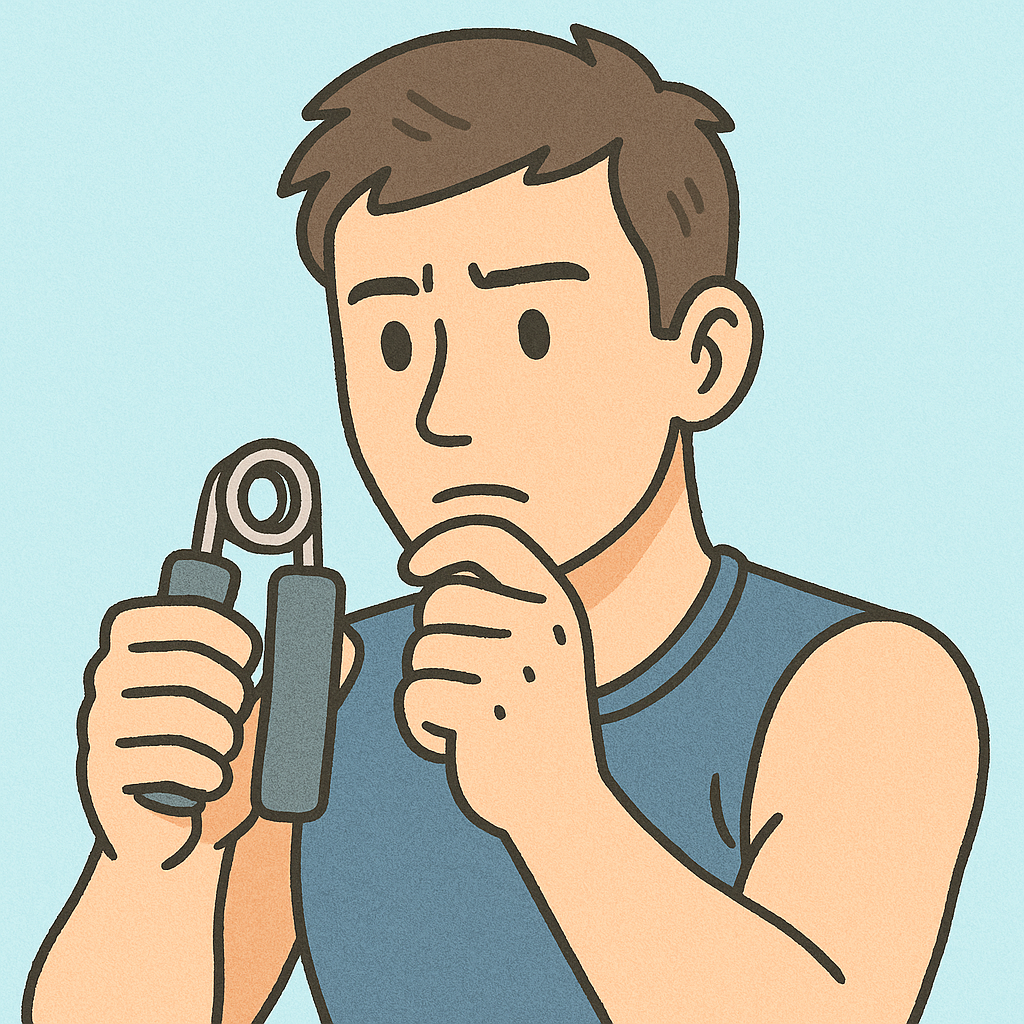
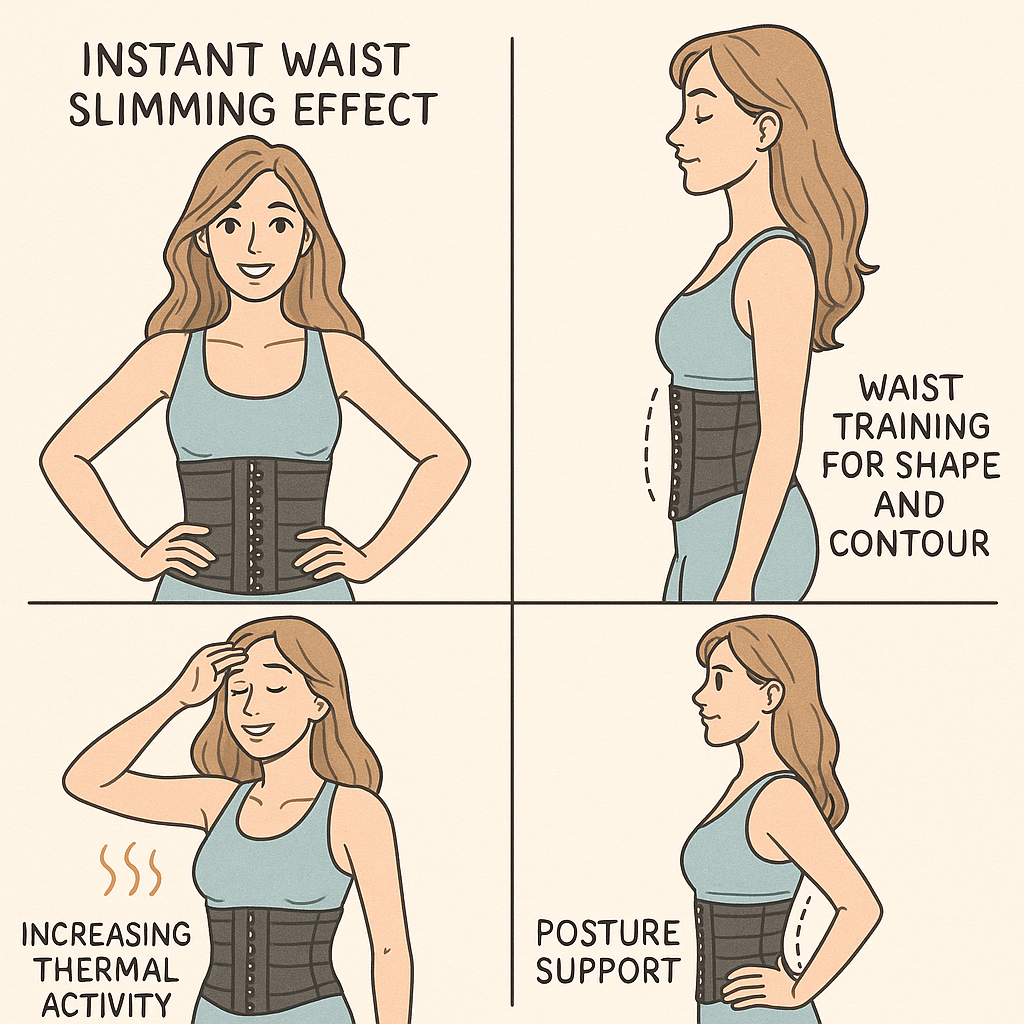
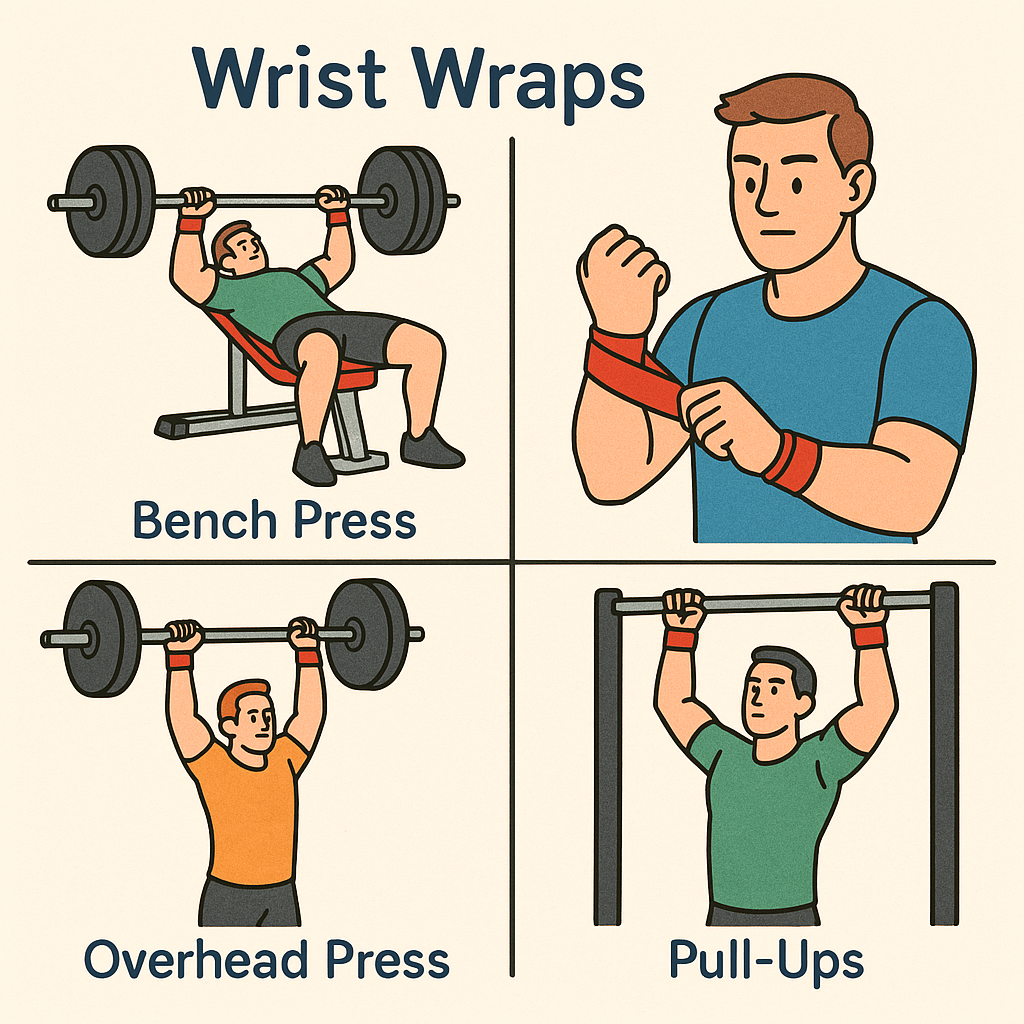
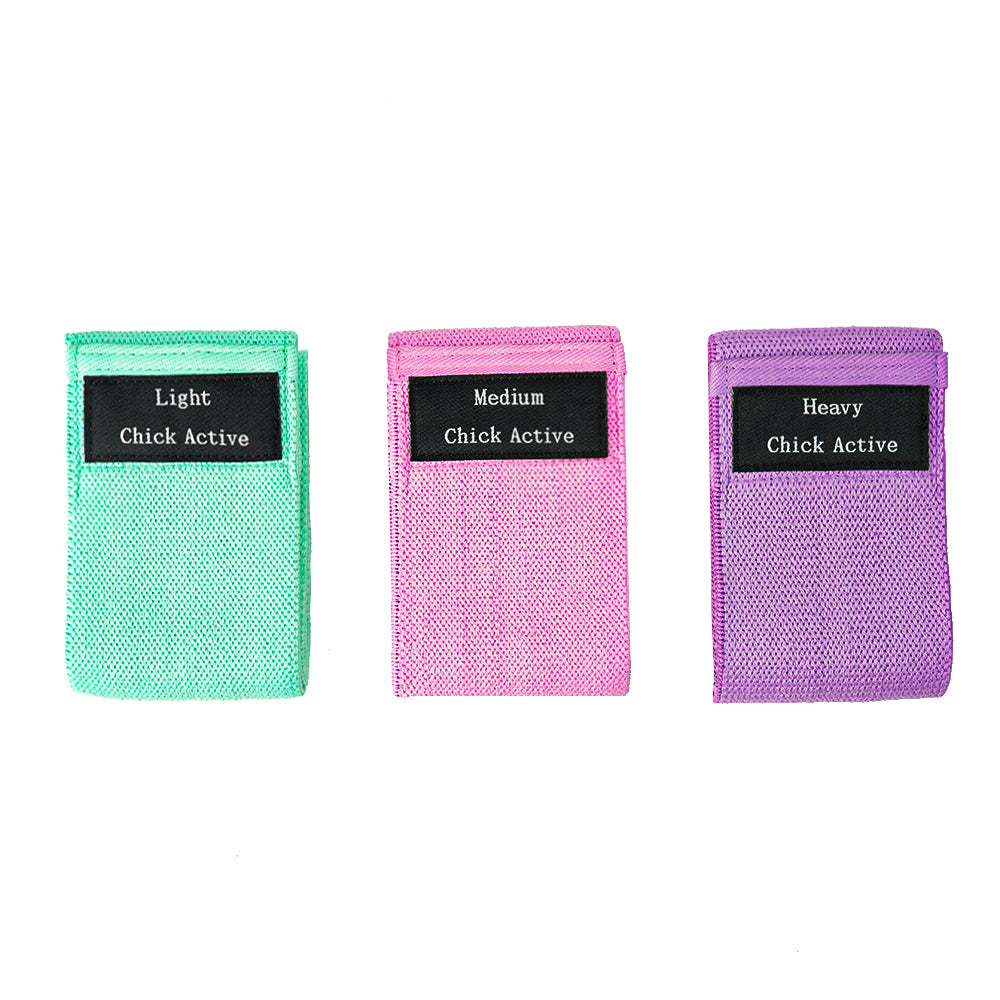
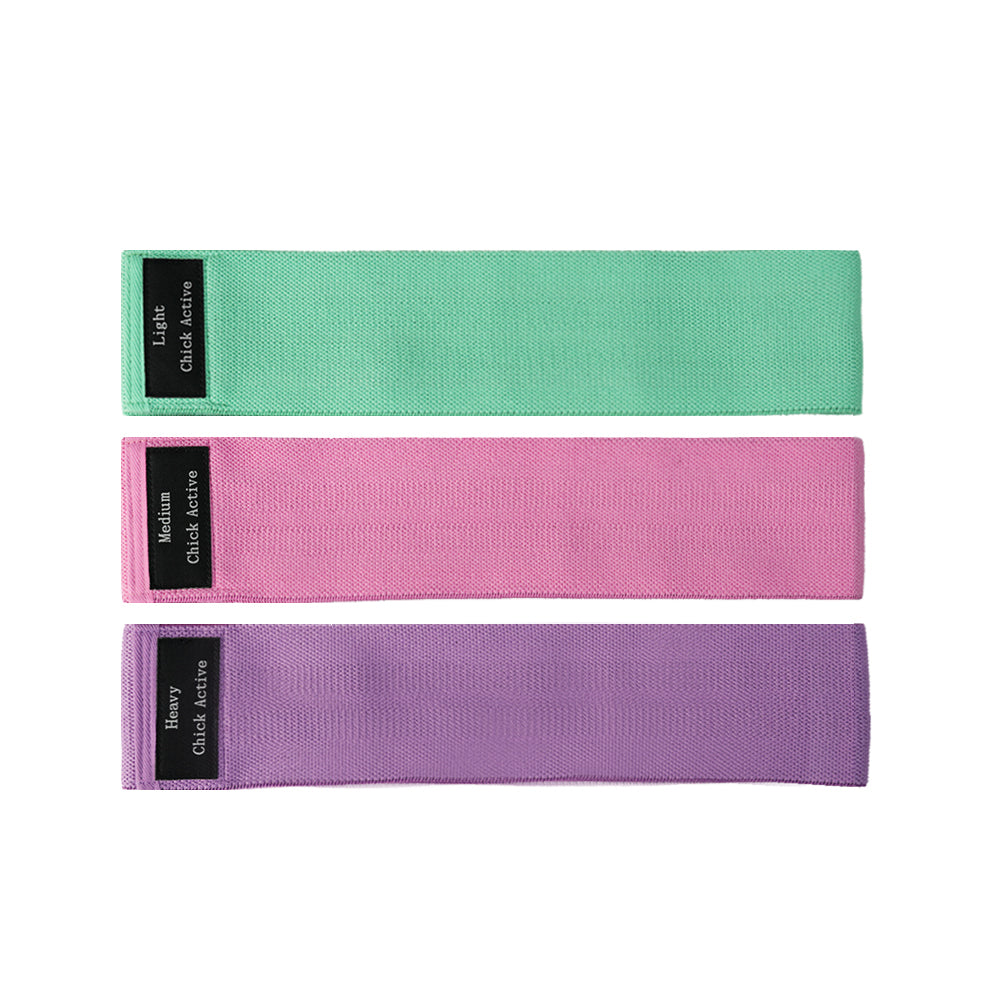


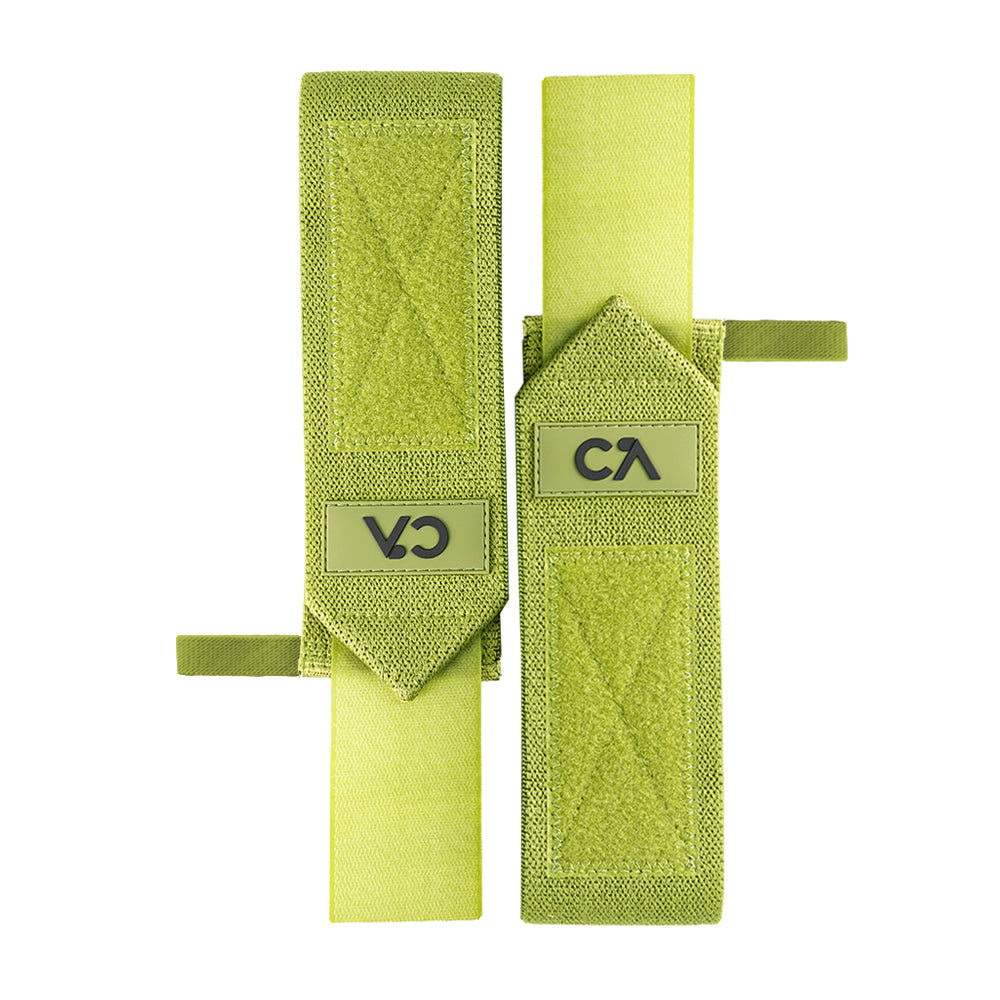
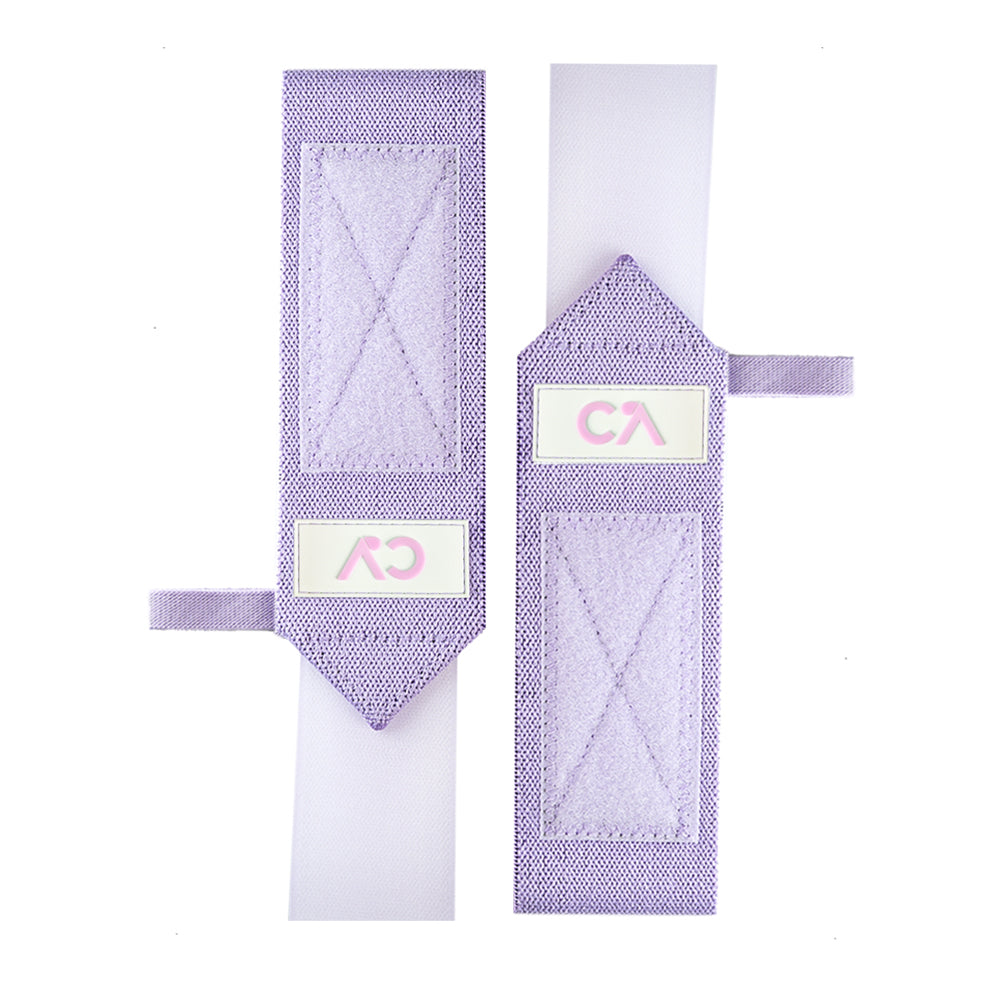
Leave a comment
All comments are moderated before being published.
This site is protected by hCaptcha and the hCaptcha Privacy Policy and Terms of Service apply.